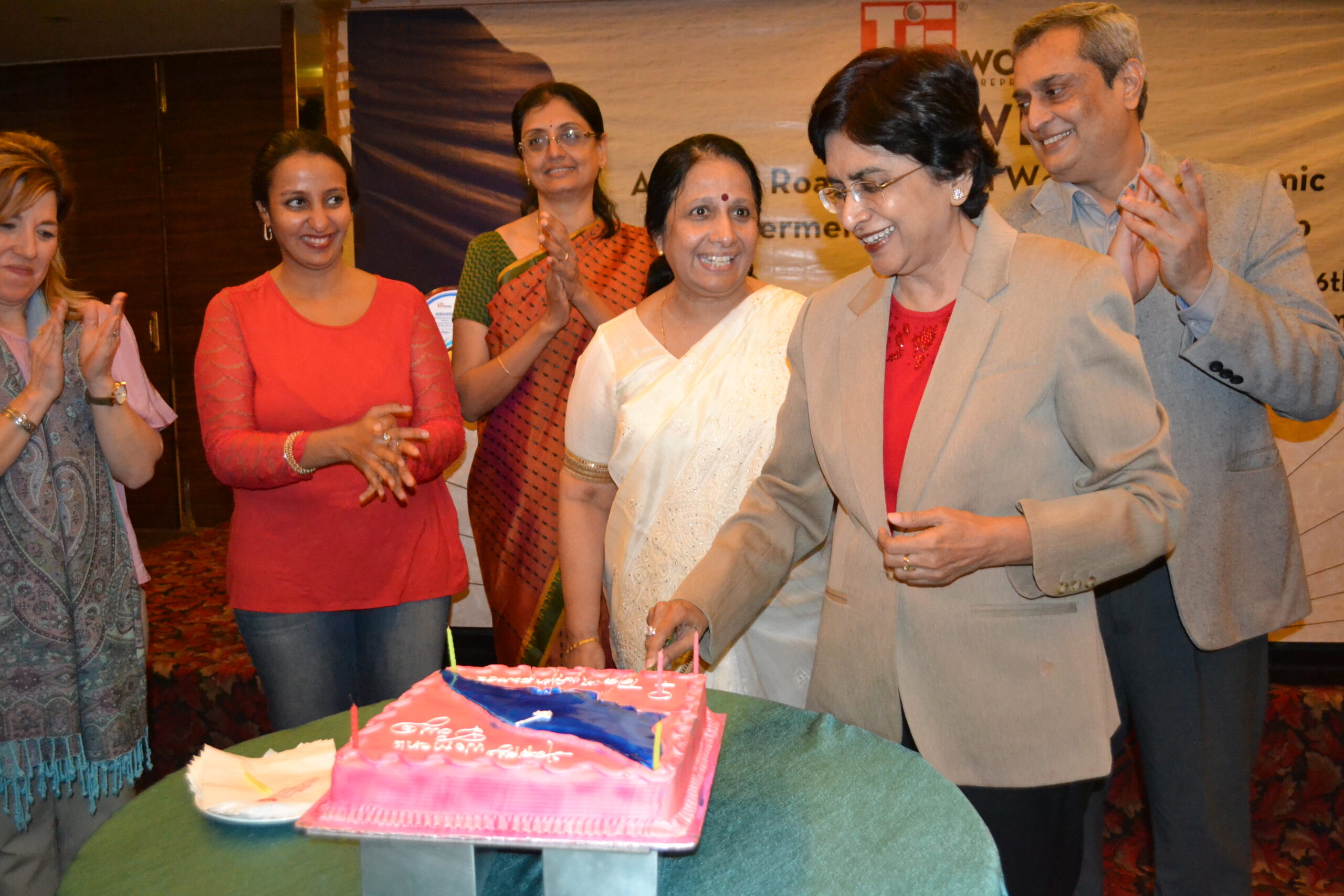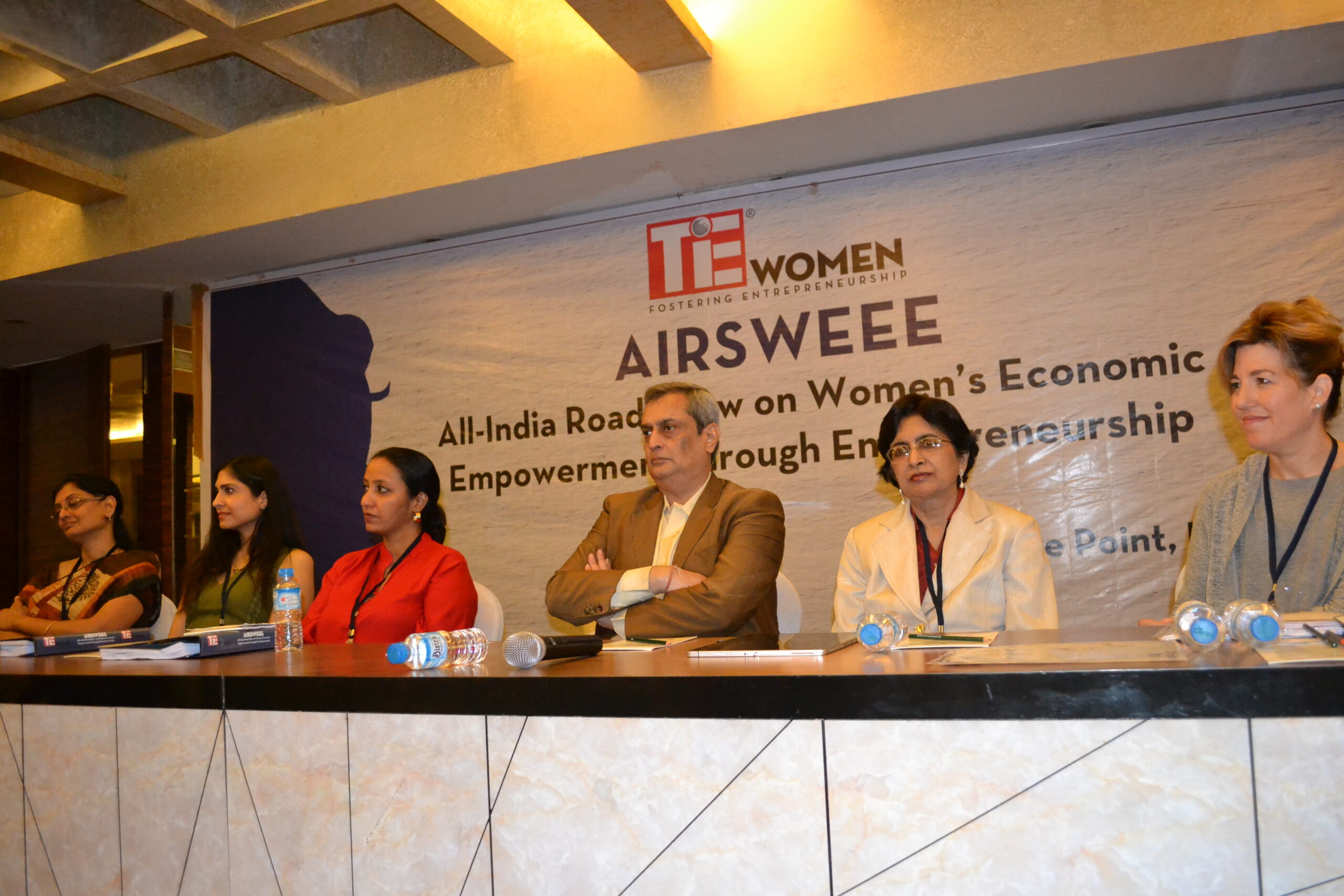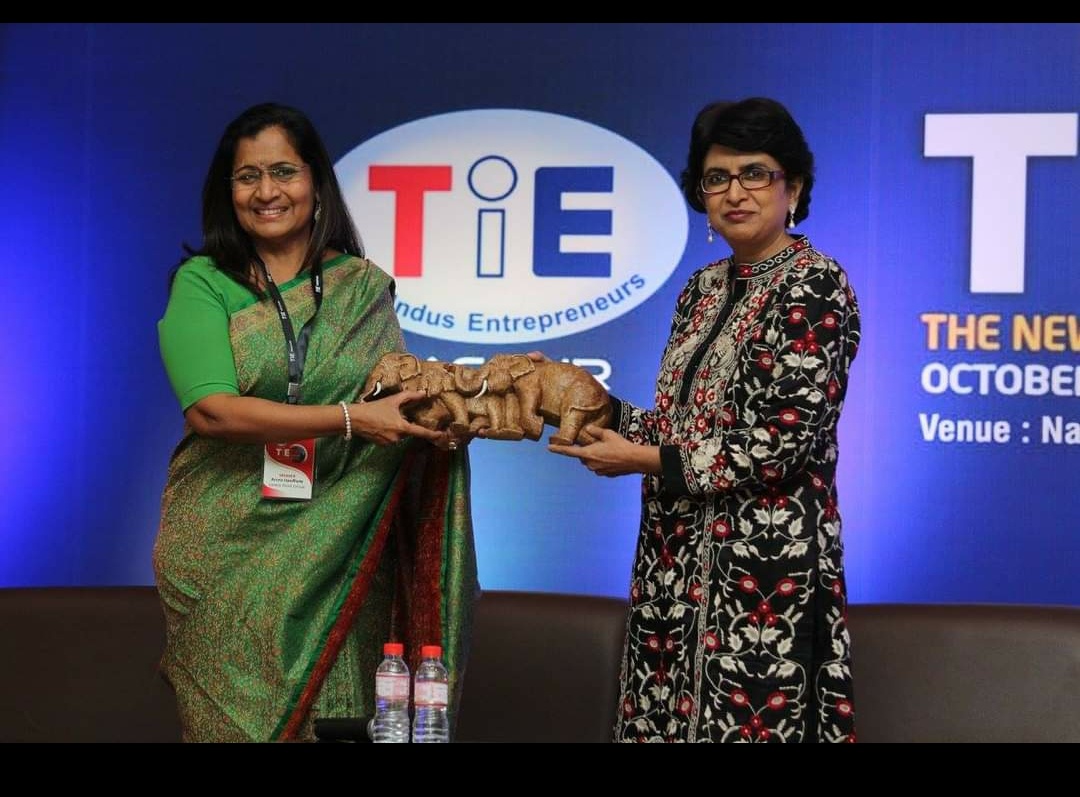Self esteem at workplace – 15 Sep 2009
Raghu thought highly about himself and was confident that he had a bright future for himself. He got a decent job in a company and looked forward to great times ahead. But gradually he started experiencing ‘failures’ on the job. His senior would pick faults with him and his work and run him down at every opportunity. Raghu would get irritated and soon began to fight back. His aggressive behaviour was being noticed by all and fingers were being pointed at him. Handling the boss and the ensuing stress was his responsibility. Some friends and colleagues counselled him and he began to change his strategy. He was able to put himself back on track and manage the situation effectively.
Raman was a qualified professional and had been employed for several years in the company. But to everyone’s surprise he did not rise up the ladder as he should have. He often grumbled about it and blamed the company for its ‘bad policies’ although people got an impression that he himself did not seem too keen to go up the heirarchy. Many causes were attributed to this phenomenon by his colleagues. ‘He was not very competent, not very effective in handling problems on the job, would hesitate to take decisions and shied away from problems when they arose etc’. Some causes were also attributed to the bad policies of the company and the unholy intentions of the bosses.
Here I would like to focus on the personality of the employee. Although personality is a broad term constituting multiple dimensions, the core of the personality is self concept. How people think of themselves and understand themselves is the self concept. There are a number of self variables and the ‘self esteem’ has to do with the perceived competence of self and the self concept. The self concept is also called the ‘self image’, the image that people have about themselves in their head and hold close to their heart as well. It is how people think and feel about themselves. This important dimension of the self esteem holds the key to most other personality variables such as intelligence, emotional maturity, dedication, commitment to growth, motivation and other aspects of behaviour.
Raghu had a high self image and a good self esteem. He was therefore able to handle his failures on the job in a better manner and resolve the problem. He was willing to listen to others counsel and make changes in his behavioural strategy. A person with high esteem is more capable of adapting and changing according to the situational requirements than the person with relatively low self esteem. A study done by psychologists Dodgson and Wood in 1998 found that people with high self esteem handle failure better than those with low self esteem. However earlier another study by Baumeister, Smart and Boden in 1996 also discovered a darker side to high self esteem and discussed the rise of egotistical behaviour leading to violence and aggression when such people are faced with pressure situations and feel threatened. In Raghu we witnessed the rise of aggression under duress and then the clever resolution of conflict which was fortunate. Another implication of the darker side of high esteem means that self esteem is a good thing but like all good qualities needs to be channelized into constructive and ethical ways otherwise it can get into destructive and anti social behaviour.
Raman on the other hand suffered from low self esteem and therefore lacked a number of qualities that are essential to rise up in the organisation. Because he did not have a positive self image he was not willing or was unable to do some things. In spite of the fact that he was a qualified engineer he never thought he was skilled and competent enough. He also could not focus on his self growth in the organisation and grab the opportunities that the organisation offered him during his service. He was just not oriented towards development of self and personal growth. Organisations do offer many opportunities for growth sometimes in clear ways and sometimes in subtle ways. But ultimately it depends on the human individual to identify the opportunities and tune himself to them. The responsibility lies with him.
Published in Hitavada Future on September 15 2009









